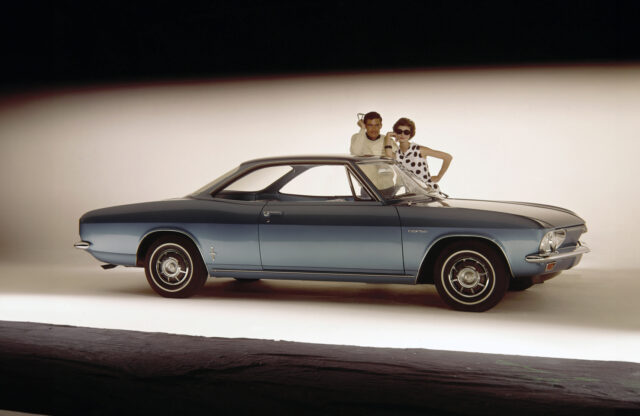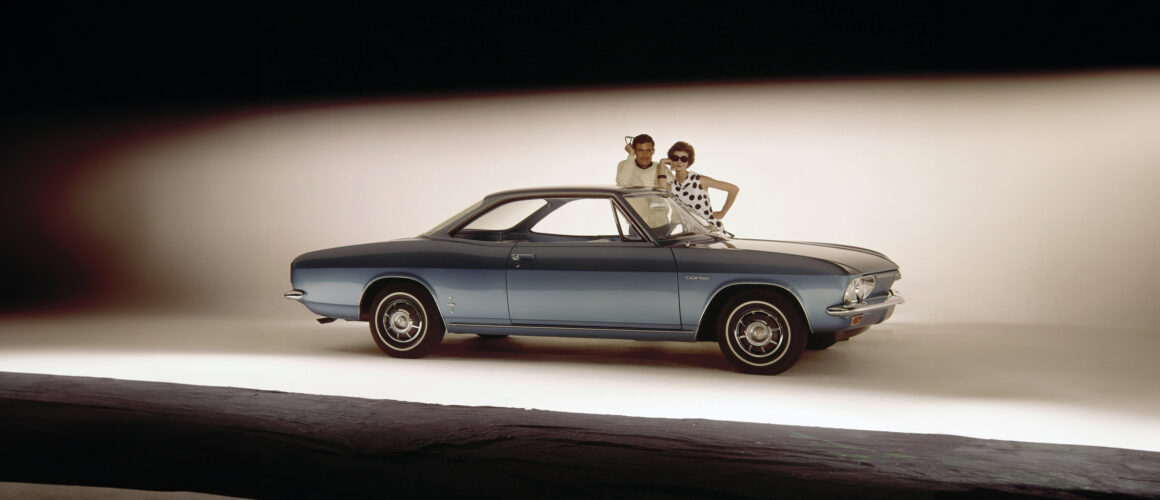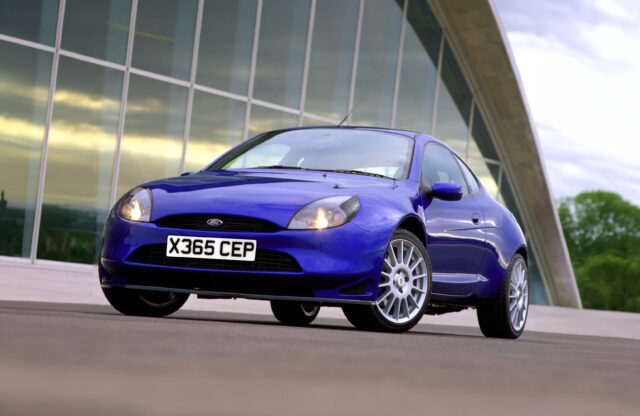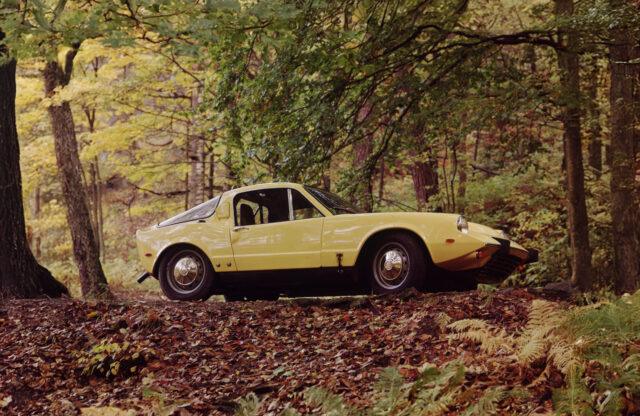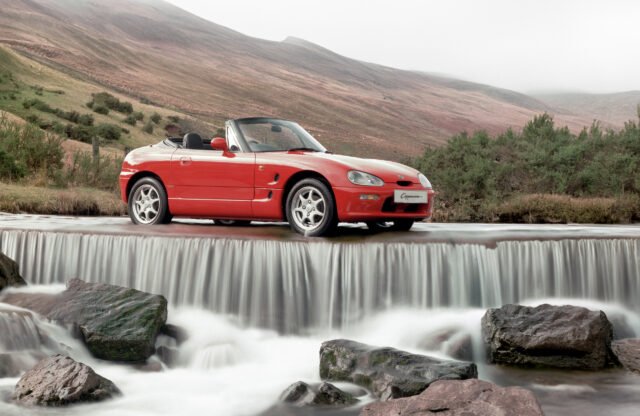Europeans might find the idea of the Chevrolet Corvair being described as a compact car amusing, but this really was GM’s attempt at an economy-class motor. In many ways groundbreaking for the US market, it was an interesting package: a rear-mounted, air-cooled flat-six engine, monocoque construction and independent suspension.
The Corvair has built up quite a following, but it remains a choice for those with slightly more refined tastes – mainly because it lacks the rumble of a big V8 up front. Values for all but the most special examples are still sensible, and there’s a large and supportive community of Corvair enthusiasts around the world. Find a good one, and confuse your friends by telling them you have a car with a rear-mounted flat- six – and it isn’t a Porsche 911. Here’s what you need to know.
History and development
The first Corvair four-door sedans were launched in 1959, powered by an 80bhp, 2.3-litre version of the flat-six engine with a three-speed manual or two- speed automatic transmission. These were fairly basic cars, with little equipment – in-line with the economy-class goals for the model. A coupe body followed in 1960, and a plusher Monza version arrived later that year.
Much of the car changed and developed over the next year, with various mechanical improvements brought in – such as a four-speed manual – before the Lakewood station wagon was launched. For 1962 the most basic version was dropped, signalling a shift in the model’s market positioning. The launch of a 150bhp ‘Spyder’ turbocharger option for the Coupe completed this shift to the sportier end of the spectrum. Uprated suspension also became an option.
The big change came in 1965 with the launch of the second-generation car. This did away with swing axles for a more advanced independent rear suspension set- up, similar to the Corvette’s. With more control came more power, in the form of the 140bhp naturally aspirated Corsa model – which could be fitted with a 180bhp turbocharger option.
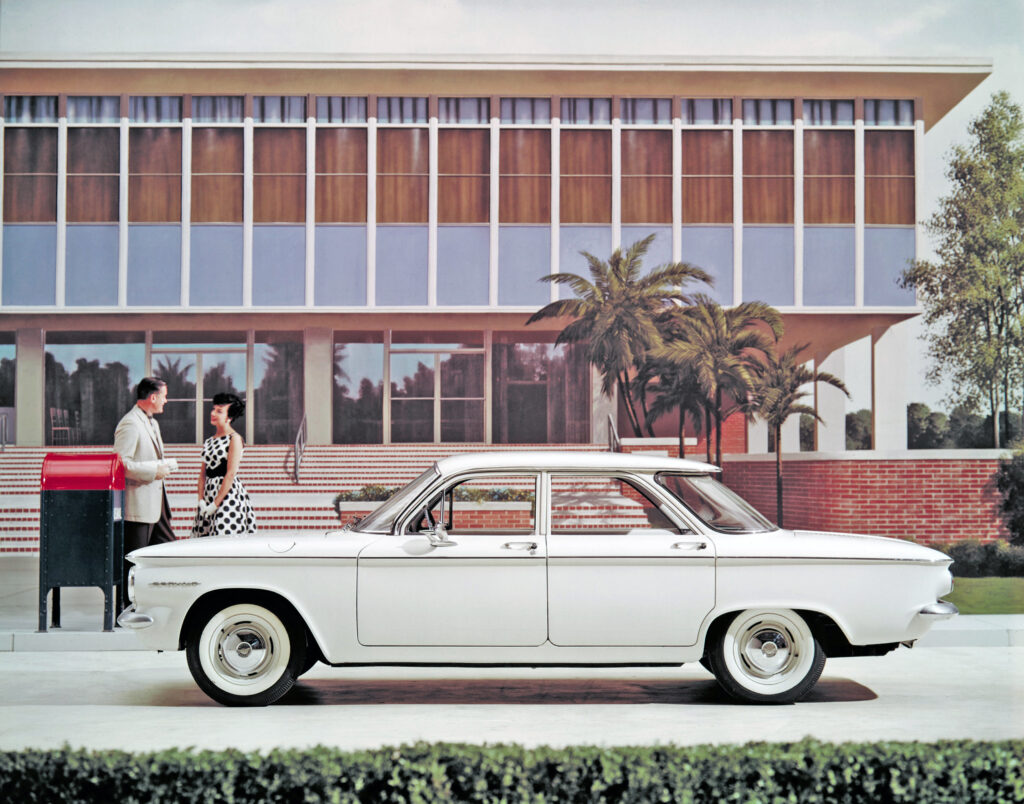
Trouble for the Corvair started brewing around this time, however, when consumer advocate Ralph Nader raised serious concerns about the safety of the car in his book Unsafe at Any Speed. The rear-engined, swing-axle layout of the earliest models was potentially prone to oversteer and wheel-tuck under certain conditions – the earliest models lacked a front anti-roll bar and were sensitive to tyre pressures.
Although the Corvair was subsequently tested and cleared by the National Highway Traffic Safety Administration, not to mention the fact that the cars were much improved, the tainted reputation left a lasting mark on sales. With the more powerful Ford Mustang also attracting potential customers, Chevrolet moved to stop major Corvair development, and focused on the Camaro instead.
Even so, production continued through to 1969, with various improvements along the way. Build numbers had peaked at almost 300,000 in 1962, but after the drop-off in demand that figure edged close to just 6000 for the final year.
Chevrolet Corvair common problems
• Engines and transmissions are generally strong if well-maintained. Overheating is rare but it can be a sign of neglect, so tread carefully. Dropped valve seats are increasingly an issue, so rebuilt heads are a good thing.
• Rust is potentially a big issue, especially if the car has lived in the UK for some time. The lower windscreen surround and battery tray are common areas, even in dry-state cars. Spend time inspecting wheelarches, sills and the floorpan for any poor-quality repairs as well as more obvious corrosion issues.
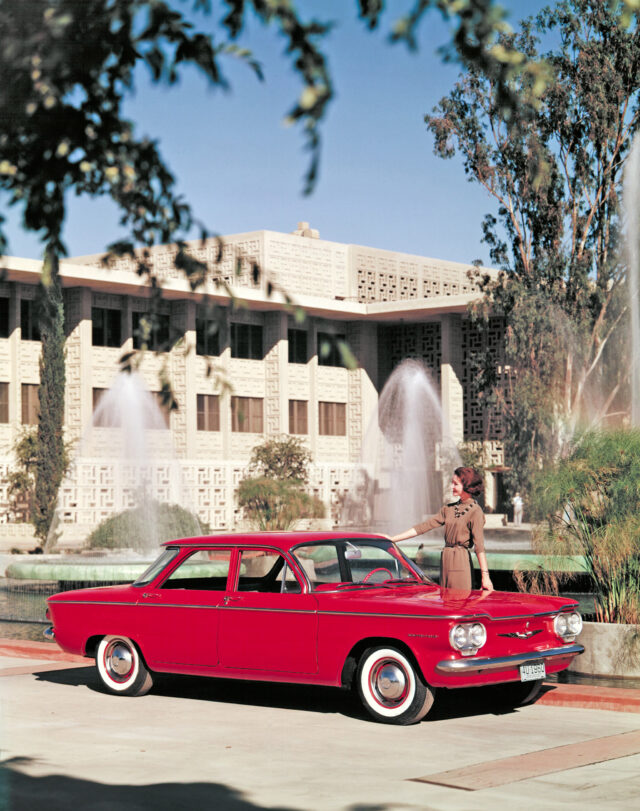
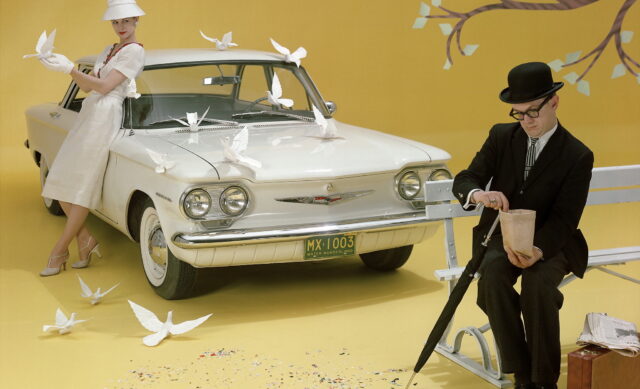

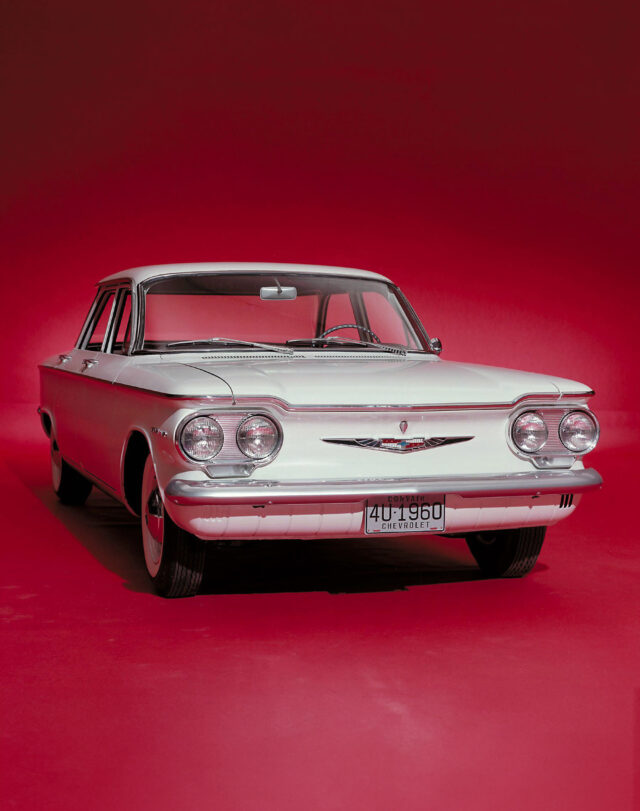
What to pay?
The Corvair received detail changes throughout each model year. A good example of most types of the regular versions can be picked up in the UK for £6000-10,000. Early first-gen cars are rare; the post-1965 second-gen cars are more desirable due to the improvements. Turbocharged models are significantly more valuable, with Spyder and Corsa models both fetching upwards of £30,000 in good condition.
